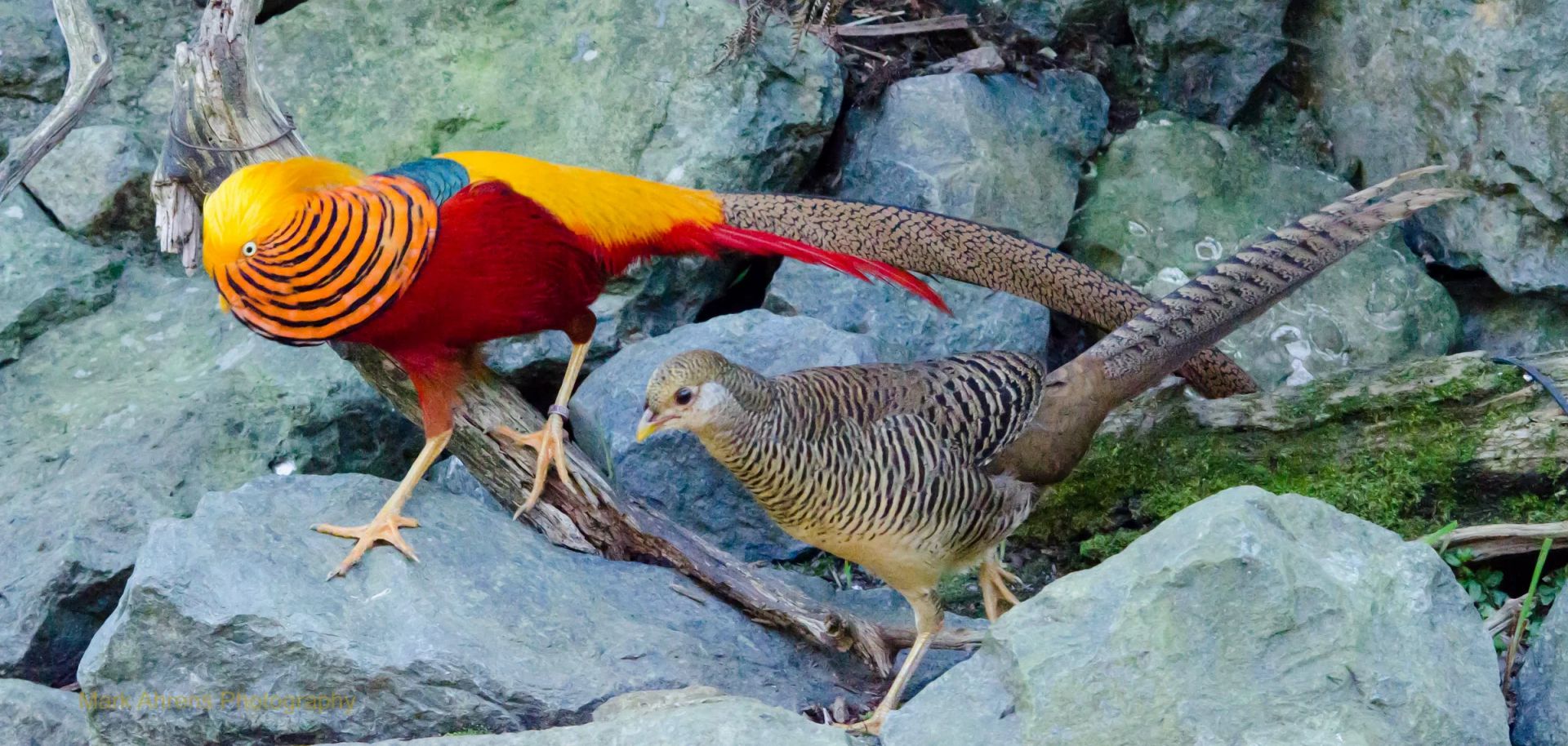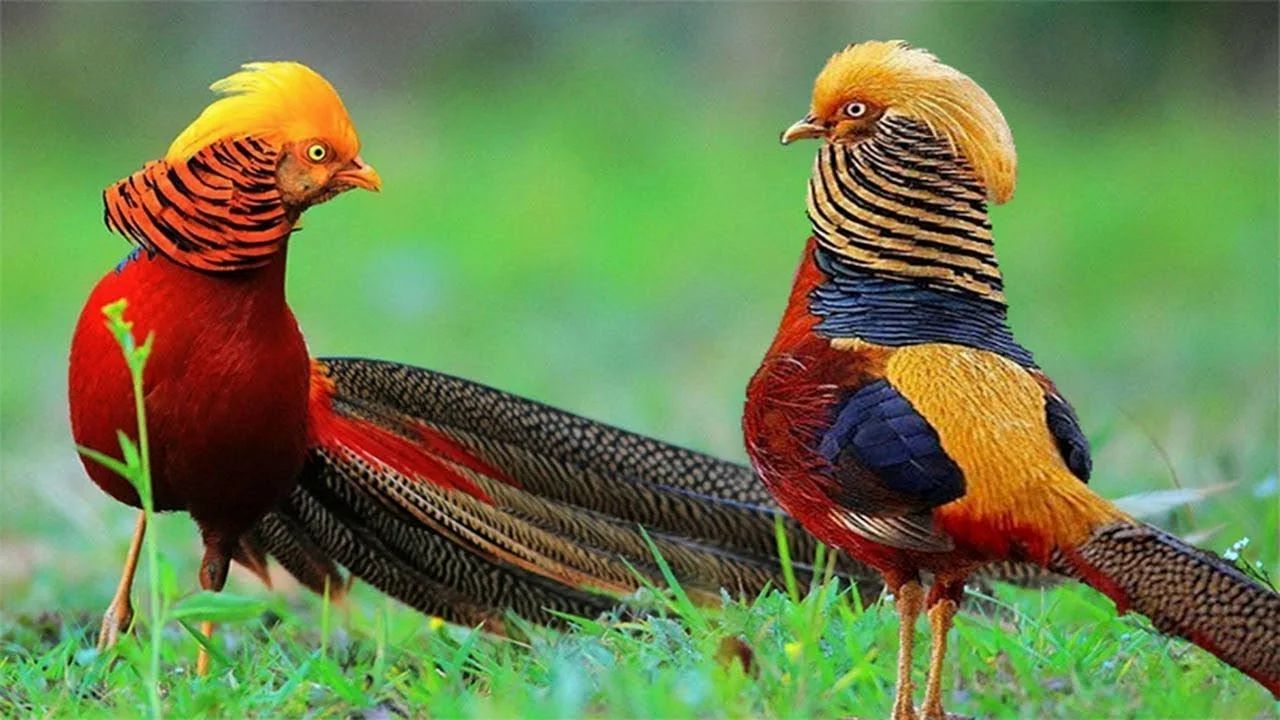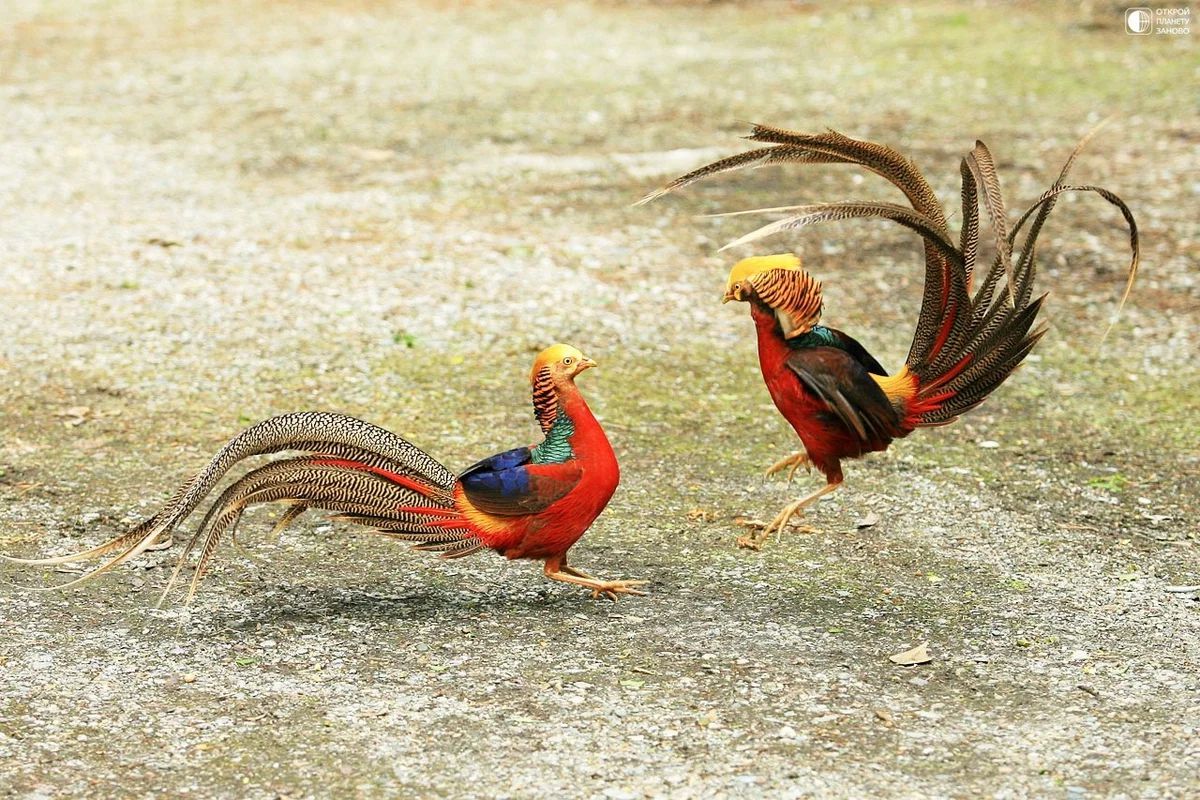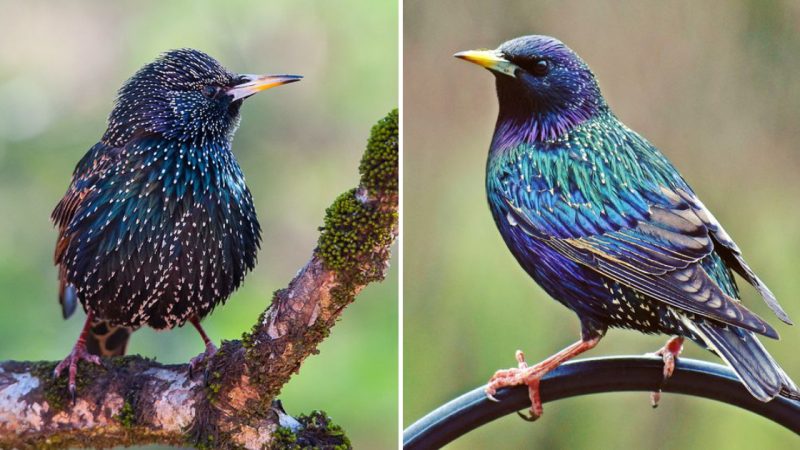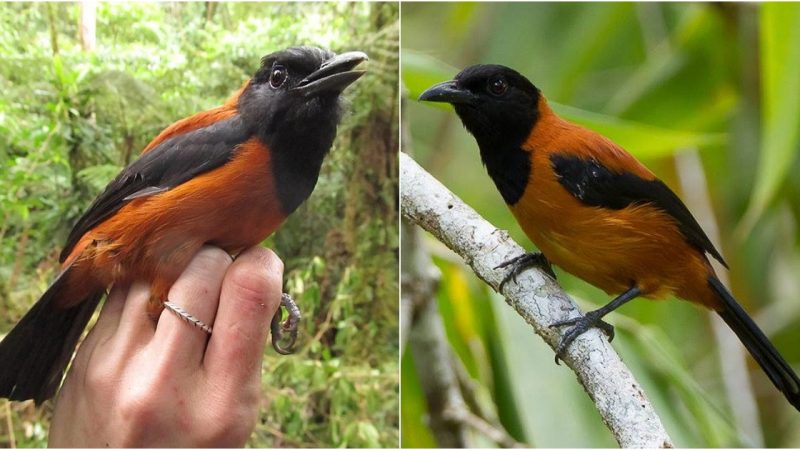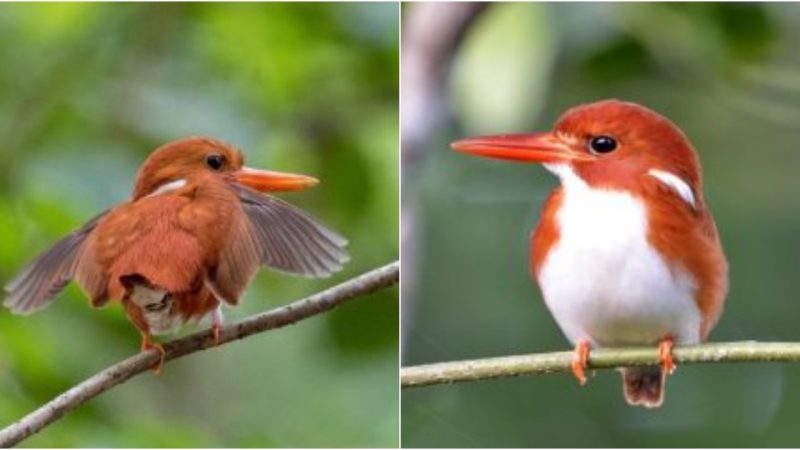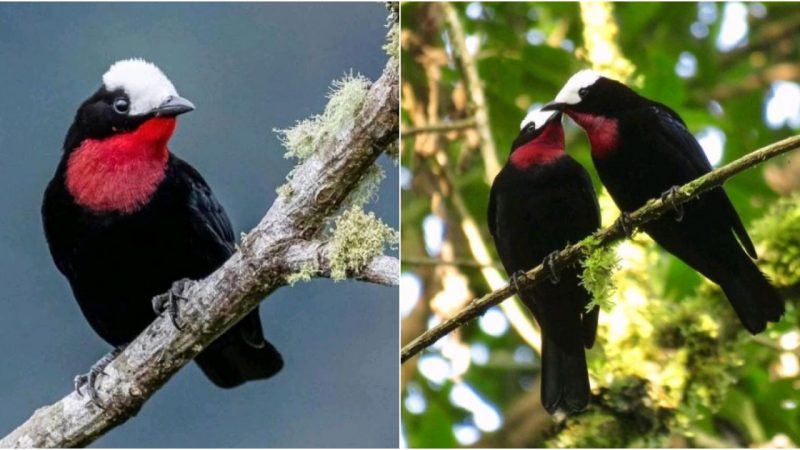The Beautiful Artistry of Golden Pheasants
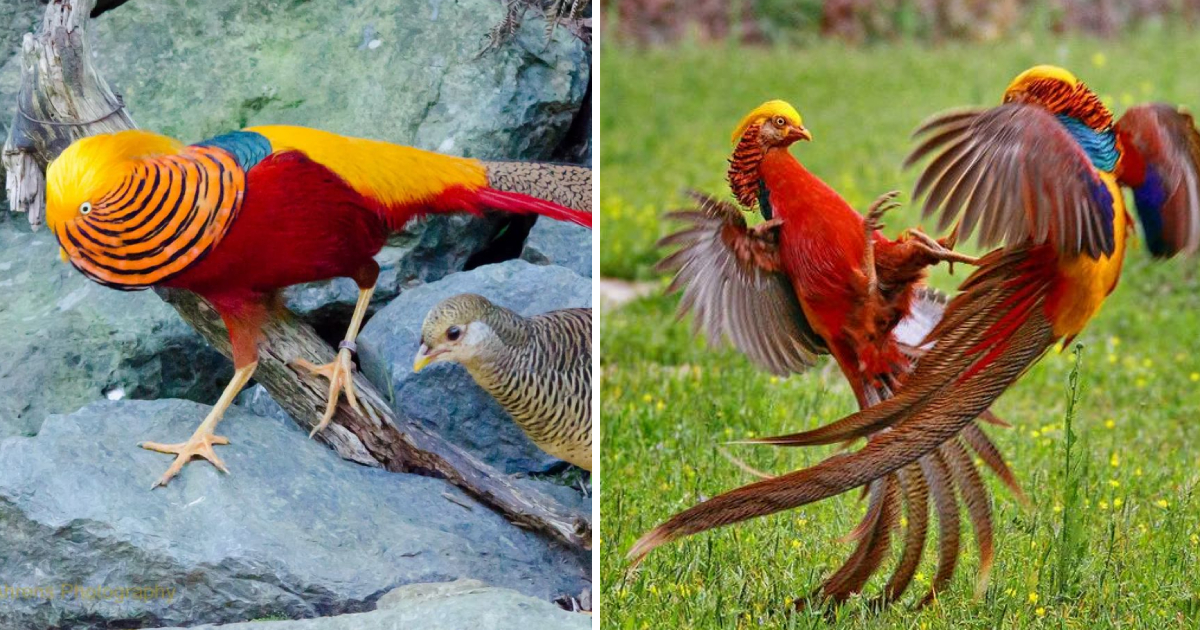
Sexual selection is a rather illogical concept. When delving into the intricacies of evolutionary theory, many pieces fall into place, but for the average bird observer, it seems strange that a bird’s vibrant plumage openly exposes itself to predators. Today, we are amazed by the golden pheasant and the wonders of sexual selection.

Birds that practice polygamy or harem systems are typically not the brightest of creatures. The golden pheasant is no exception, as it has traded its brainpower for flashy attire reminiscent of cheap trinkets from Aliexpress.
Male pheasants are adorned with striking and provocative hues of red, orange, and various other colors that any serious guy from the factory district would envy. On the other hand, the females remain entirely gray and inconspicuous, as befits a virtuous young lady. Golden pheasants can fly, albeit not very well, relying mostly on their quick legs to get around.
These birds are relatively small, about the size of chickens, and inhabit the mountains of Western China. A small population can also be found in the Trans-Baikal region of Russia. However, they can now be encountered in many places, as this ornamental species is extensively distributed across zoos worldwide due to their undemanding nature. In fact, a few pairs even escaped from poultry farms in the United Kingdom, settled in forests, reproduced, and became wild once again.
There isn’t much to tell about these fellows. For most of their lives, they roam their rocky meadows alone, consuming seeds, leaves, and insects. But in the early spring, they engage in the very activity that brings us all together here.
Golden pheasants gather in one place, and a parade of charming males ensues. Females observe as glamorous gentlemen dance, fight, display their finest features, and wag their tails. Women become so embarrassed for their male counterparts that they grant some of them their favor out of pity. This results in harems consisting of the brightest male and three to four females. The females then lay their eggs in a shallow nest and the chicks hatch. Within four months, they are fully prepared for independent living.
These birds face no risk of extinction as humans actively breed them. After all, they are also delicious!
